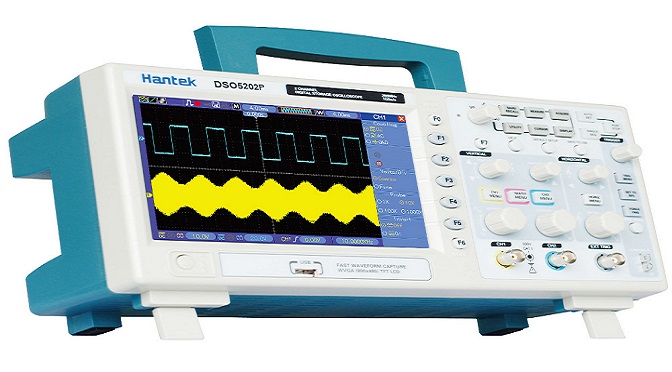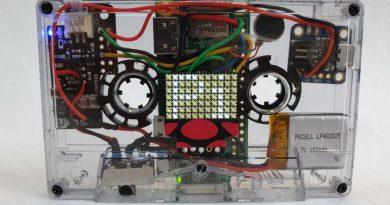What Is an Inspection Camera?
An inspection camera, or borescope, is an instrument that functions like a camera, microscope, or telescope: it enables you to observe areas that are too cramped, too far away, or entirely out of reach. An inspection camera has a black-and-white or color display — some of which are detachable for remote viewing — that attaches to a flexible shaft with a camera at the end. The camera often has several LED lights to illuminate the work area. Once the camera shaft is maneuvered into position, you can observe what the camera “sees” on the inspection camera’s display.
British physicist Harold Horace Hopkins invented the rod lens endoscope, the ancestor of the modern inspection camera. Hopkins’ invention enabled surgeons to conduct less invasive procedures by way of so-called keyhole surgery. Since such borescopes allowed one to see bones, muscles, and internal organs, sizable incisions could be avoided, making certain surgeries easier and speeding up recovery times for patients.
There are a wide variety of inspection cameras that cater to several disparate jobs. When an inspection camera has a flexible shaft — also known as an insertion tube — it is referred to as an endoscope or fiberscope, which are often used in medical and veterinary applications: angioscopes are used on hearts, bronchoscopes for lungs, colonscopes for colons, otoscopes for ears, and gastroscopes for stomachs.
In addition to medical applications, inspection cameras have myriad industrial applications: automobile and aircraft mechanics use inspection cameras to view engines’ interiors; electricians, plumbers, and HVAC technicians use inspection cameras to determine where to run pipes and wires as well as to check for blocks and breaks; exterminators use inspection cameras to examine pests’ hives, nests, and tunnels; and locksmiths and law enforcement routinely use inspection cameras. Inspection cameras are also very popular for home improvement among do-it-yourselfers.
Some inspection cameras have the ability to capture still images and record video using an SD card, making them especially useful for documenting what you find. Certain inspection cameras feature digital zoom as well as image rotation for improved observation. Whether you are an amateur or a trained professional, a quality inspection camera can be just the tool you need.


